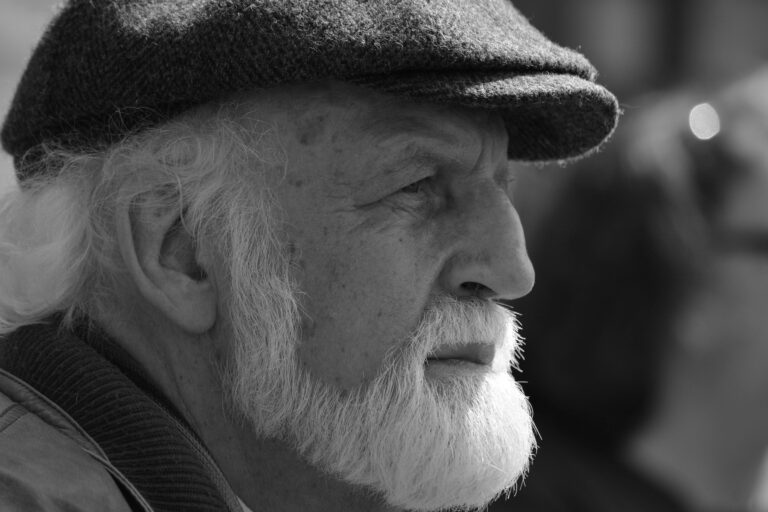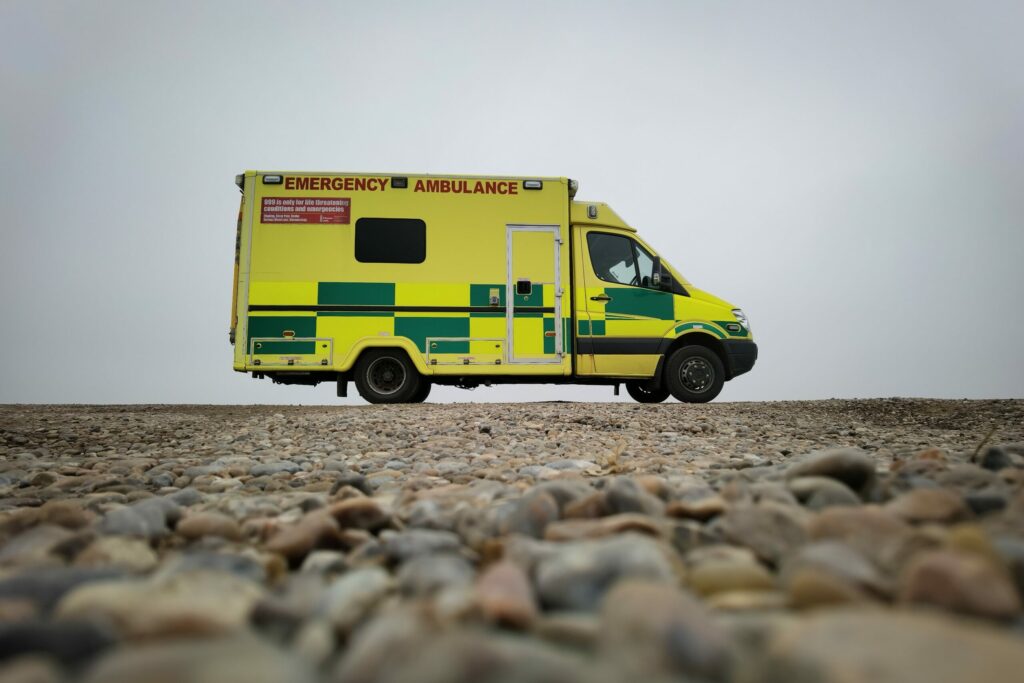
DURING AN EMERGENCY, RELIABLE DATA CAN SAVE LIVES. TECH FOR GOOD SPEAKS TO THE LEADERSHIP OF THE EAST OF ENGLAND AMBULANCE SERVICE ABOUT HOW A DIGITAL DATA LAKE CAN HELP MANAGERS MAKE BETTER DECISIONS, AND ACHIEVE FASTER AND BETTER PATIENT CARE FOR THE SIX MILLION PEOPLE THEY SERVE
The phone rings. “999 what is your emergency?” If the situation is life-threatening, an ambulance is expected to have reached the patient within eight minutes after receiving a call. In these cases, every minute counts and having accurate information about the emergency is essential.
But when patients welcome the ambulance services, they don’t want to repeat to the clinicians the same story that they’ve just told over the phone, and do it all over again once they reach the hospital. They don’t want to have to recall their medical history and previous treatments when they’re in a state of stress. Healthcare providers are aware of this, and that is why the East of England Ambulance Service (EEAS) has embarked on a journey to create a digital data lake that will store all of this information, saving time, and lives, in the process.
As one of the largest ambulance services in the UK, the EEAS NHS Trust provides urgent care to six million people across an area of about 7,500 square miles that spans over six counties in the east of England. EEAS attends over one million emergency calls a year and transports nearly two million patients to and from routine hospital appointments in various methods of transportation, from cycles to fast response cars and frontline ambulances.
A year ago, EEAS got started on a path towards digital transformation that included the creation of a data lake where all the information about its patients and systems could be kept together, breaking the organisation’s data silo. In short, creating one version of the truth. EEAS’ CEO, Dr Tom Davis, and his team brought Tech For Good along on this journey. “One of the challenges for the NHS over many years has been the need for individual organisations to work more collectively as partner organisations to make sure that we join up the care for our patients,” Dr Davis says. “And, obviously, communication and access to data are really important aspects of that.
“The benefits of having one version of the truth is that it makes decision-making much easier on an individual basis, but also a system basis. For our individual patients, seeing all their data in one place allows us to make the best decision with the best available data specific to that patient. And then, as you expand that across the system, we can start to identify areas of inequity, which can help us learn from today’s patients to make sure that tomorrow’s patients have a better experience.”
A fundamental piece of EEAS’ digital transformation project is its data strategy. It will see the creation of a data lake, where all the information from the ambulance service’s different systems will be put together, allowing both analysts and clinicians to reach accurate conclusions and make better decisions. The process, which began a year ago, is set to be completed within the next 12 months and Stephen Bromhall, Chief Information Officer at EEAS, is the man tasked with leading its success.
“We were able to look at what was good in the commercial world, and how that could help us as a provider of services to six million patients in the East of England, to look at how we drive transformation and use leading technologies for the benefit of patient care,” Bromhall says. “We also wanted to make sure that our staff have the technology they need to do their jobs, not just for the frontline, but also all of the support services that keep our paramedics going on a daily basis.”
Similar to the situation of many healthcare providers, EEAS’s data was stored in many different unconnected legacy systems. Crews would have to look into one application for one part of the patient journey and then jump into other elements as they analysed the care pathway. This took time that could be better spent, for example, saving lives. EEAS’ strategy is to bring together all of this information into one single location to provide faster and better patient care.

“We were able to look at what was good in the commercial world, and how that could help us as a provider of services to six million patients in the East of England, to look at how we drive transformation and use leading technologies for the benefit of patient care,” Bromhall says. “We also wanted to make sure that our staff have the technology they need to do their jobs, not just for the frontline, but also all of the support services that keep our paramedics going on a daily basis.”
Similar to the situation of many healthcare providers, EEAS’s data was stored in many different unconnected legacy systems. Crews would have to look into one application for one part of the patient journey and then jump into other elements as they analysed the care pathway. This took time that could be better spent, for example, saving lives. EEAS’ strategy is to bring together all of this information into one single location to provide faster and better patient care.
“What our patients don’t want to do is have to keep telling us the same story over and over again, during a very challenging time,” Bromhall says. “We want to capture that information in one place and be able to use it to pull further information about that particular patient; perhaps their long-term conditions or their medication, so that our crews have more time to spend focusing on the patients, rather than trying to find data about them.”
That way, when the ambulance crew arrives at a patient’s home, they already have an understanding of the situation and the patient’s medical history. But the data journey does not end here. Once the ambulance service has taken the patient to the hospital, EEAS wants to be able to give that information to the hospital workers who will be treating them.
“For us, that’s what this project delivers: that one version of the truth that we can then store in our systems, but also make available to other partners through the ecosystem of healthcare to speed up care throughout the whole system,” Bromhall says.
Version 1
In order to bring together the information from all of EEAS’ systems, Bromhall’s team devised a phased approach, which accounted for the different metrics and characteristics of each of the systems. The first phase has already been completed, and it is related to one of the most important systems of an ambulance service: rostering.
“Rostering is vital for the ambulance service, or any organisation, because it is used to actually look at what our demand is,” says Caroline Jones, Head of Rostering at EEAS. “It looks at how many vehicles you might need to put on at a certain time for a certain day and then allows us to actually make sure we’re providing a safe level of cover with people so that they are where they should be and where we actually need them.”
Jones describes the previous rostering system as “very manual”, explaining that users had to go to the software and individually run all of the reports, export them to Excel and give them to the relevant people. In contrast, the new data lake, created using Microsoft cloud technologies, updates automatically every 10 to 15 minutes, combining all the sources of information to an accurate and almost real-time picture of the service, that users can access at any time, from anywhere.
“I’d say the majority of people are now using it and loving it,” Jones says. “It’s not just about improving our team and the information, it’s actually about helping managers to do their jobs more efficiently. Rather than having to filter through lots and lots of reports, data and information, they now can actually go away to do more staff support, more training and make better decisions.”
One of these employees used to be Zoe Collis. She joined EEAS as a 999 call handler when she was 18 and is now the Head of Information and Analytics for the organisation. During her career, she has seen EEAS and the wider NHS and the growth of reporting and dashboards within healthcare. The data lake is just one more step in this transformation.
“We are enabling more data structures to be fed into that ability, more information to be visible, and making work more efficient across the organisation,” Collis says. “We’ve now moved on to the patient transport services data feed, which is just coming to a close in the next week or so. And again, they had daily refresh rates, which are now every three hours with the aim to move to 15 minutes before the end of this month.”
The rostering system was the first system whose data was put into the data lake, but it won’t be the last. The next phase of the project is critical, as it relates to the 999 call system, including all the information from the calls received, as well as the telephone and patient-care records. EEAS takes an average of 3,300 calls a day. As a result, the 999 system is the one that holds the majority of the organisation’s data, and therefore the most complex step of the digital transformation.
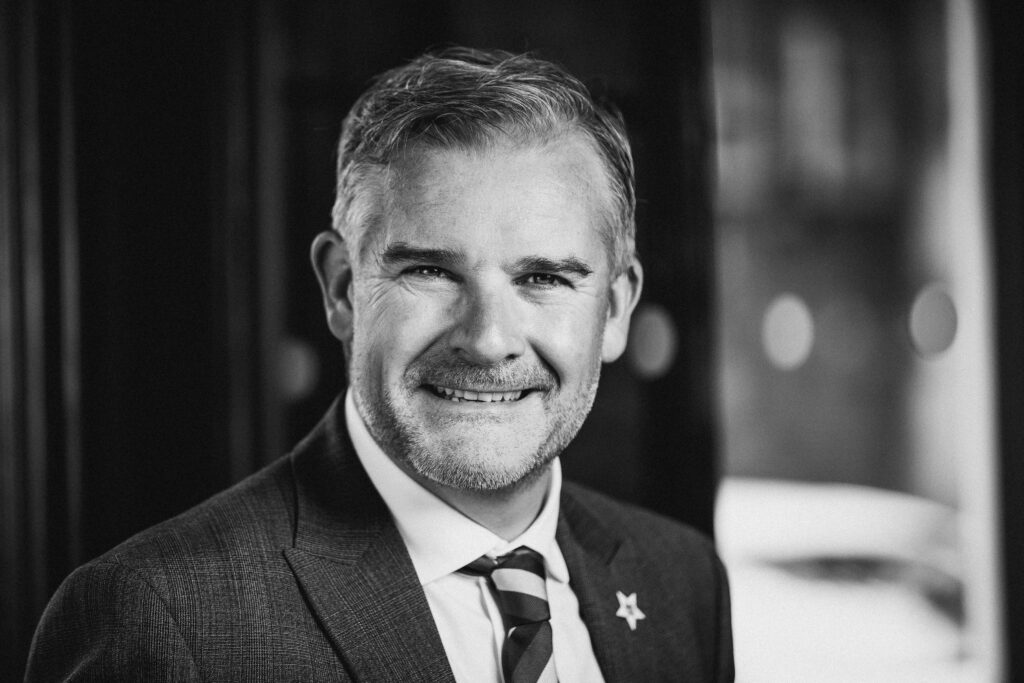
“Once the transformation is completed, we will create a data dictionary which will identify the definitions for each of the metrics included, and give the organisation consistency across all of the reports,” Collis says. “This will enable the paramedics to see the critical areas of focus for the day on their personal issue devices across all of the systems, which is something they do not have access to currently. They will be able to see the pressure points and then perhaps divert patients to another hospital, giving them faster and better care overall.”
But EEAS has not been on this journey alone. The ambulance service’s data lake project has been developed following a competitive process with Version 1. With over 20 years of experience and over 1500 team members, Version 1 helps customers navigate their way through shifting IT landscapes. The company also has a history of working with both government and private sector agencies, as well as with other health service agencies in both the UK and Ireland.
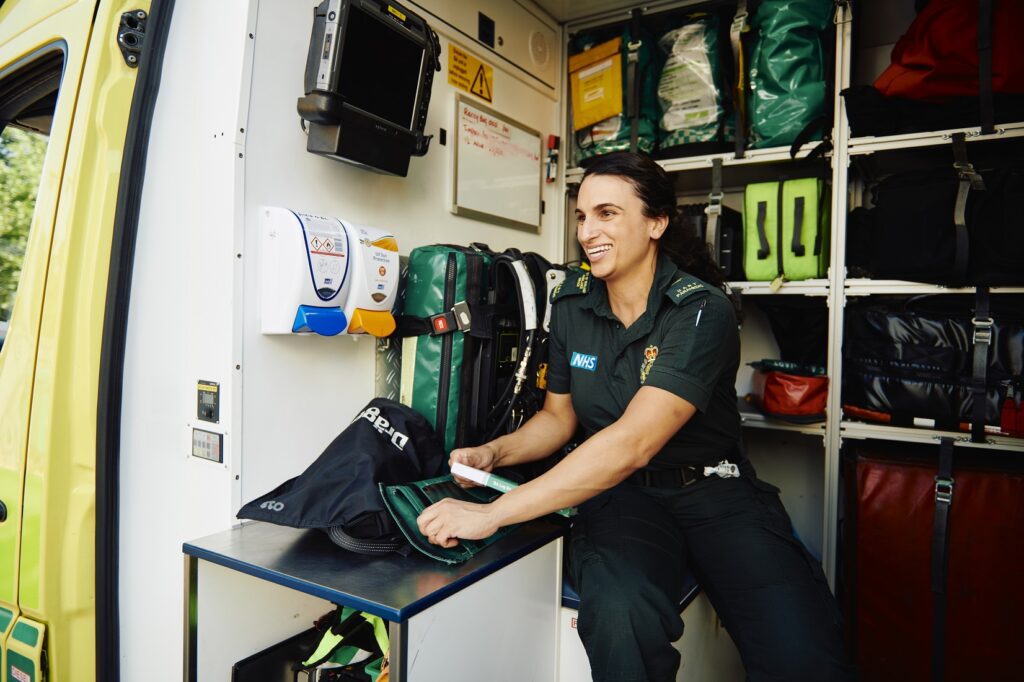
Mary Kearney, BI and Data Analytics Project Manager at Version 1, explains why the company was best suited to support EEAS’s transformation. “We are an IT company that recognises the value of data,” she says. “We pride ourselves in being very much a customer-focused company, and making a real difference through long-term outcome-focused relationships with our customers.
“Everybody is aware of the fact that data analytics is ‘the next big thing’. But that move from seeing data as something that’s used as part of your operational processes, to something that there’s real value in can be difficult for companies. This is because the operational systems were designed to solve operational issues; they weren’t designed to allow the kind of data manipulation that is now expected. It’s a question of getting the right work in the right systems. That’s why moving the data into one platform where you can do that reporting is just much more beneficial to the individual companies.”
With the new data lake, all of EEAS’ information will be held in one single place. There’ll be no more gaps or mistakes on the reports because of contradicting or missing information. And all of this has been developed in record time, using an agile DevOps approach to address each business area individually and bring the data together as quickly as possible. The result is obvious: an easy and faster decision-making process for everyone involved.
But technology is not the reason why digital transformation happens; people are. And this is why the collaboration between the EEAS and Version 1 teams has been a fundamental element of the ambulance service’s digital journey.
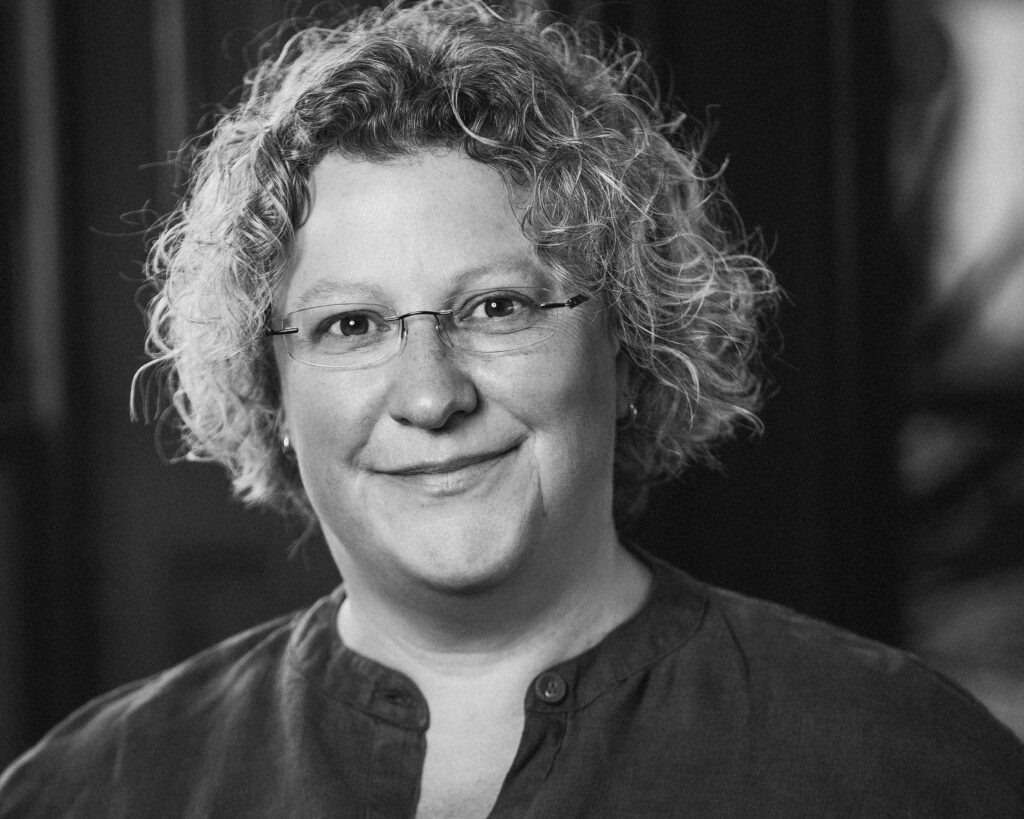
“One of the key reasons for the success of this project is the partnership with Version 1,” Dr Davis says. “The relationship definitely hasn’t been one of provider and customer. It’s been absolutely one of collaboration with both teams using their different expertise to ensure that the product that we are ending up with is the very best. It’s a great example of how the public sector can work with the private sector because, ultimately, we’re all aiming for the same thing, which is that one true source of the truth, and a better outcome for our patients.”
What does the future hold? Once EEAS has gathered information, it plans to put it to use.
“Currently, the tech that we’re using really just sits within our data lake,” Bromhall says. “As part of the long-term journey, I want to start to consider machine learning, artificial intelligence and natural language processing.”
That vision might not be too far down the road. The data lake that EEAS is currently building will allow for those layers to be added on top and the organisation has recently hired its data scientist, who will soon start looking at ways to utilise the information held in the data lake. In the future, data analytics tools might be able to predict what would happen in specific situations, such as a bank holiday weekend, a bad storm or another COVID-19 wave, and how it would affect an ambulance service such as EEAS. Moreover, these technologies could also suggest solutions about how to best manage the available resources to be able to respond adequately to crises.
According to Bromhall, EEAS could start its first wave of machine learning and artificial intelligence applications before the end of this calendar year.
“This is the new ‘What if?’” Bromhall says. “The data is never leaving our data lake. It’s not like there’s a worry that the data is going to be exploited for commercial purposes. We’re inquisitive about what that data tells us. What does that mean? How can we use it differently? It’s effectively an untapped asset that we, as an organisation, want to use going forward. And that’s really what this journey is about, which is controlling our data and being able to use it for our benefit, and for the benefit of our six million patients.”


